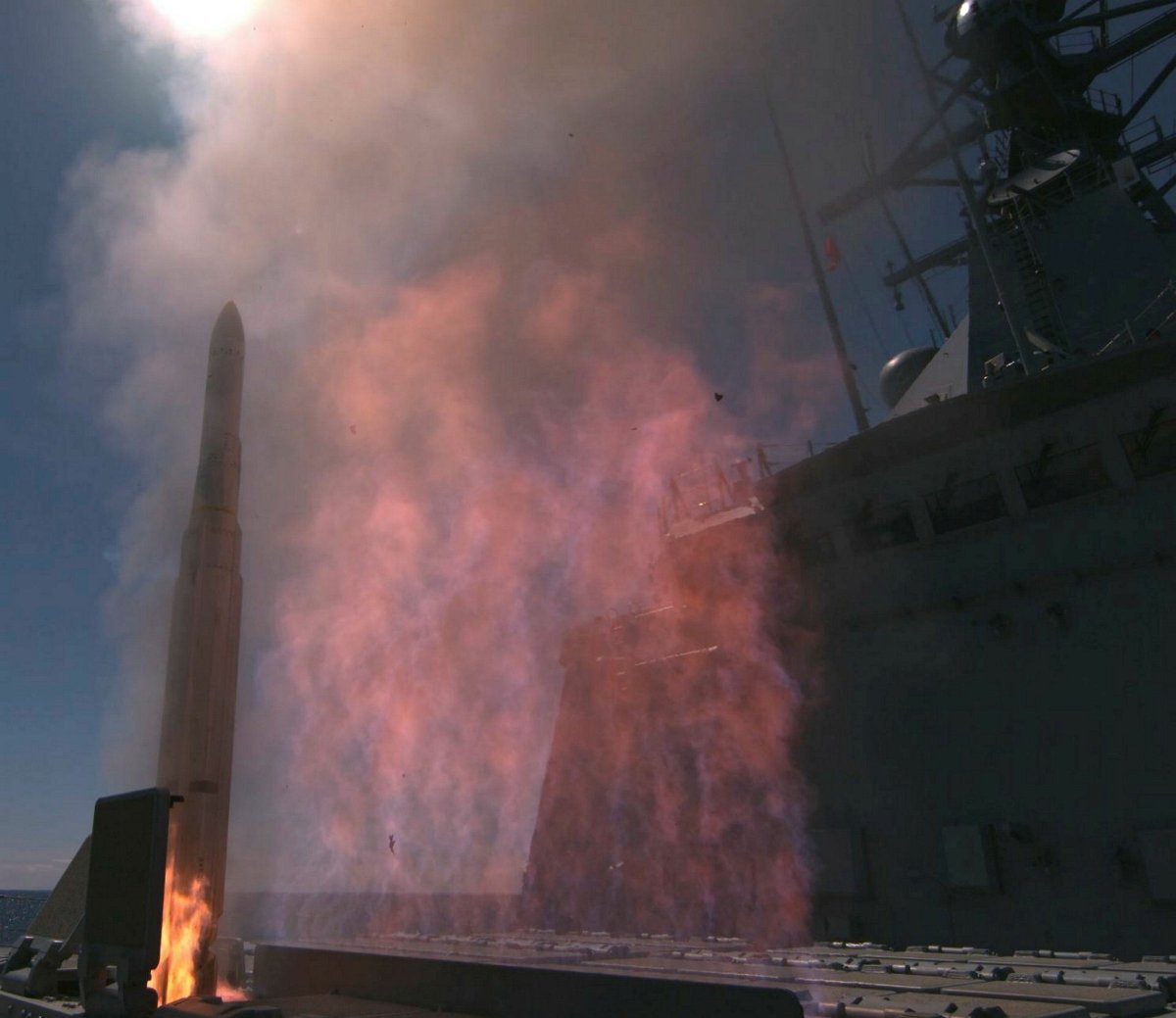Underway
Active Member
CAMM does fit into a scaled up CIWS role and Canada is using it as such for their CSC program. Its the Close In Air Defence System. But that doesn't negate that CAMM has quite a good max range as well as excellent min range so it can be used as a self defense missile system.In many ways, CAMM fits into a scaled-up CIWS role where LoS is not an issue. More importantly, it has a small active seeker with likely limited ECCM capability over mid-course (command guidance) and semi from a descent radar and C2 system I would have assumed that RNZN would have known about the ESSM II development before the update, which could evolve further into IR seeker as well. Furthermore, I have no assessment on how NZ settled for 20 shots of a small missile v the 32 shot of ESSM, other than cost was driving everthing including rational national defence.
CAMM is also a smaller missile than ESSM II and has less of an impact on ship design.
I was going to write this but couldn't find a source that stated that. Nevertheless, I agree that ESSM usually uses two missiles per engagement. We'll have to see how ESSM 2 is utilized going forward, as that may be a single shot missile as well due to its active seeker head.Funding I am going to assume, bearing in mind this was still a substantial upgrade for RNZN, going from 8x Sea-Sparrow missiles to 20x CAMM might seem to be a worthwhile investment to a funding limited force, particularly 20x active radar guided missiles that can be fired singularly against missiles or aircraft, rather than the more common practice of 2x missiles fired in the case of ESSM.
Frankly, I think the RNZN has an excellent ship and a well-thought-out upgrade. A perfectly capable patrol frigate and good ASW asset, that can look after itself and plug into an allied task group, and give a good contribution.

